Dundee FC are still awaiting a council decision on plans to build a new 12,500 seater stadium at Camperdown.
A planning in permission application seeking permission for the development was first submitted to Dundee City Council in February 2024.
But despite the local authority’s own determination deadline being listed as June 7 last year, the application is still to be heard by councillors.
The delay has been blamed by Dark Blues managing director John Nelms on Transport Scotland.
Speaking to the media in April, he claimed the government body had not been clear on what they wanted from the stadium developers.
However, this was rebuked by the agency, which accused Dark Blues bosses of failing to resolve the road network issue crucial to the stadium’s approval.
But what exactly is required in order to gain planning permission and how can this be achieved?
The Courier takes a look at the planning process.
What is a planning in principal application?
A planning in principle application (PPiP) is a type of application that allows a proposal to be assessed without having to give the details of the layout, design or finish.
You can apply for PPiP for most types of developments, apart from an application for a change of use, for development in a conservation area or for works affecting a listed building.
Detailed plans are not usually submitted at this stage but applicants can submit additional information if they wish.
How are applications decided?
Planning applications are often decided by council officers under delegated powers.
However, applications which have significant planning issues, are of wider importance to the city or have attracted a certain number of objections will be decided by councillors.
In most cases the planning committee – who meet once a month – will rule on these.
Councillors on this committee usually get sight of the agenda around a week before the meeting is due to take place.
What happens when the application goes to the planning committee?
When the Camperdown stadium application is eventually placed on the planning committee agenda, it will consider a report drafted by council planning officers.
This report will outline the following:
- Details of the stadium proposal
- Letters of objection and support submitted from public
- Consultations with public bodies (e.g. Transport Scotland)
- Policy considerations (e.g. Dundee Local Development Plan)
Officers will conclude the report with a recommendation to the committee that they either grant or refuse planning permission.
The committee does not have to adhere to the recommendation.
An application will be approved if the majority of committee members vote to grant planning permission.
Decisions do not have to be unanimous.
What happens if planning permission in principle is granted?
If planning permission in principal was granted, two options are available.
Applicants, in this case Dark Blue Property Holdings, can submit a full planning permission.
This application will then be considered afresh and and on its own merits.
The other route available to applicants is to submit what is called an approval of matters specified in condition application.
This can give details on matters such as the design of any buildings, the accesses and landscaping and is normally submitted within three years.
Work cannot begin on site until an this application is submitted and approved.
What happens if the application is refused?
There are options open to Dundee FC if the council’s planning committee refuses planning permission.
The club may decide to appeal to Scottish Government ministers who have the power to overturn planning refusal.
Appeals to the Scottish Ministers are only available for those applications determined by committee.
The Scottish Government’s Planning and Environmental Appeals Division (DPEA) handles planning appeals on behalf of the Scottish Ministers.
When an appeal is lodged with the DPEA, a reporter representing ministers will consider it and, in most cases, be the one to make the decision.
A very small number of appeals are not delegated to reporters for decision but instead are ‘recalled’ by Scottish Ministers who will then make the final decision themselves.
In those cases, the appeal will still be examined by a reporter, who will then write a report and make a recommendation for ministers to consider before they make their decision.
Ministers do not have to agree with the reporter’s recommendation.
Have Dundee-related refused applications been overturned before?
In recent years, Dundee has seen several cases of refused planning applications subsequently being overturned by the DPEA.
One prominent example involved Canadian coffee chain Tim Hortons.
An application to build a drive-thru premises near the Kingsway was lodged with Dundee City Council in 2020.
Council officers recommended the plans be approved but the planning committee subsequently refused permission.
They did so because of concerns it would divert business away from the city centre.
But coffee giant Tim Hortons appealed to the Scottish Government seeking to overturn the refusal.
And in 2021, the reporter ruled in the company’s favour, concluding the plans did not contradict the council’s city centre-first policy.
A year later, Dundee City Council was ordered to pay £12,000 compensation to Tim Hortons for delaying the opening of the drive-thru.
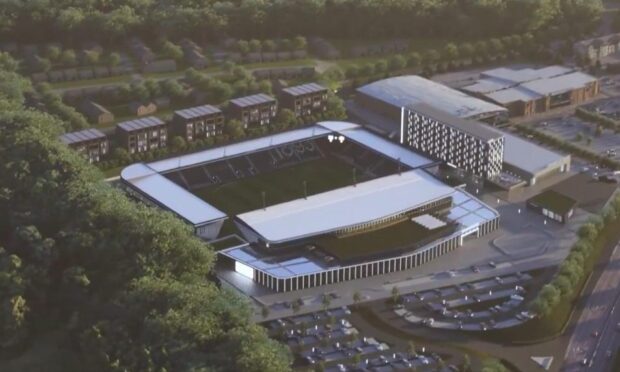
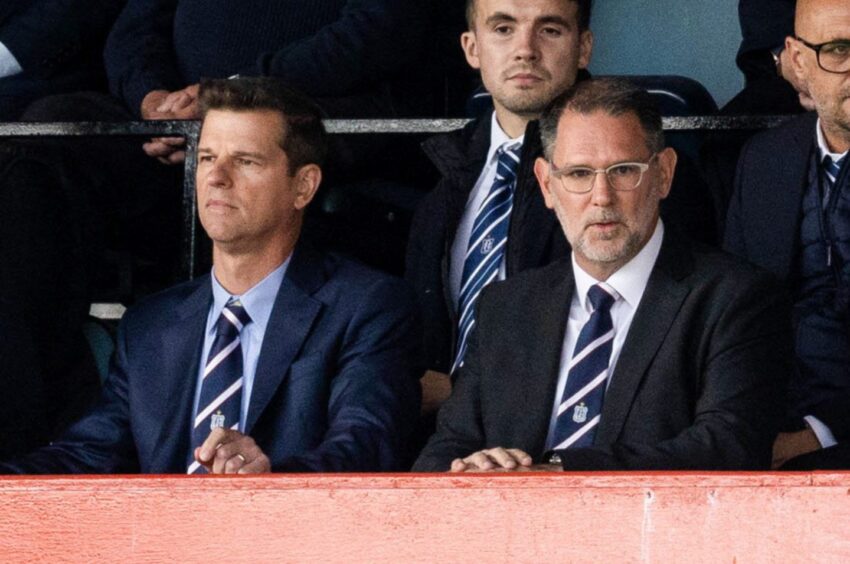
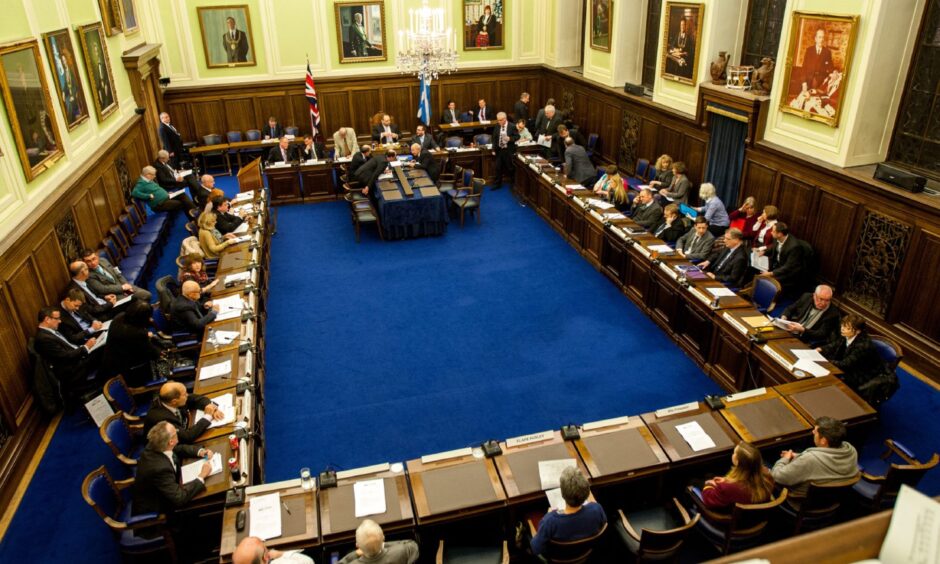
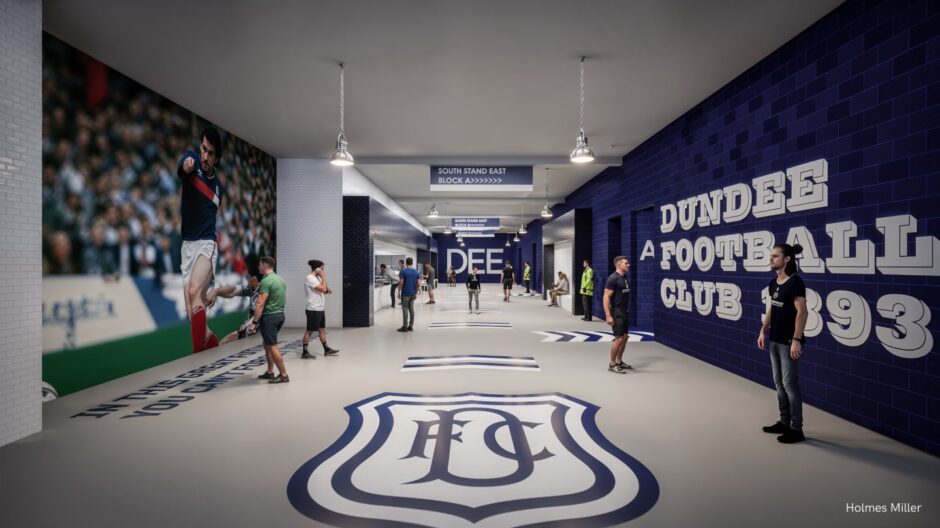

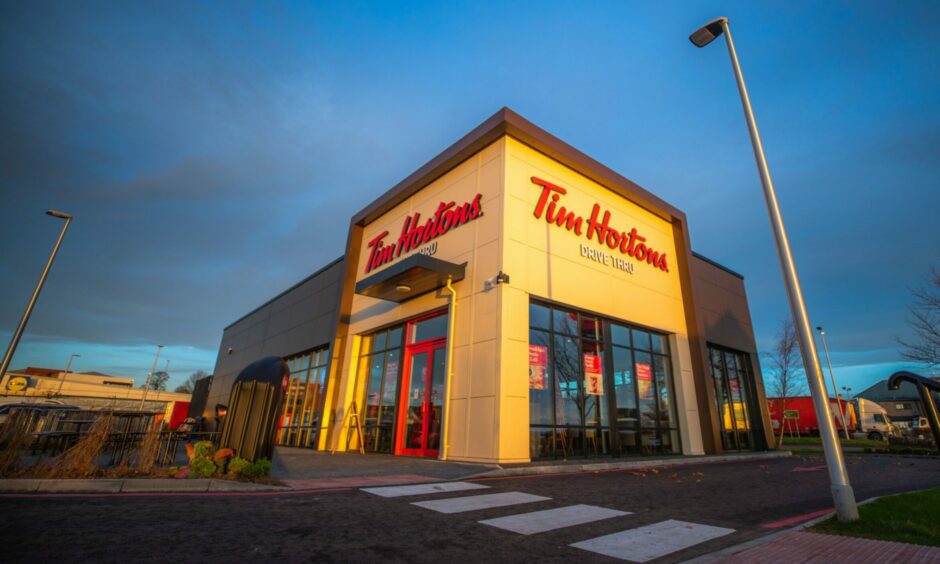









Conversation